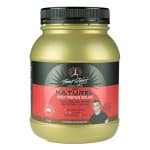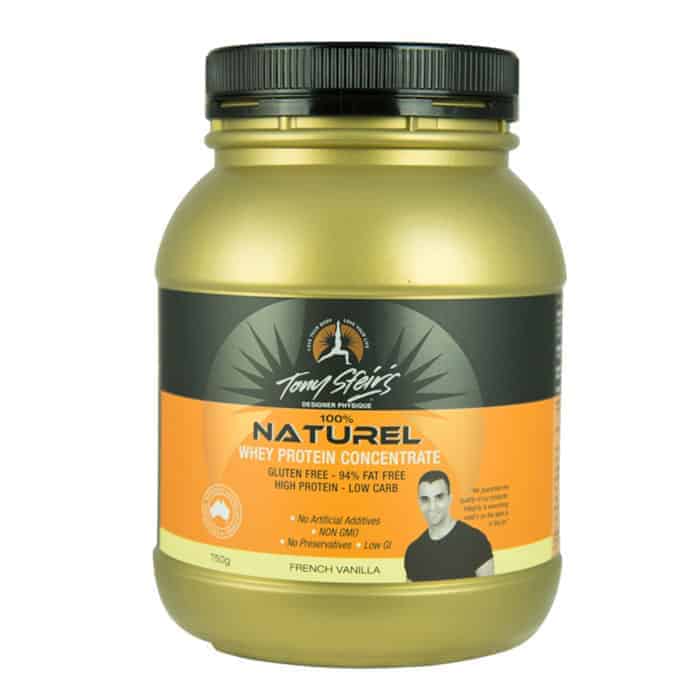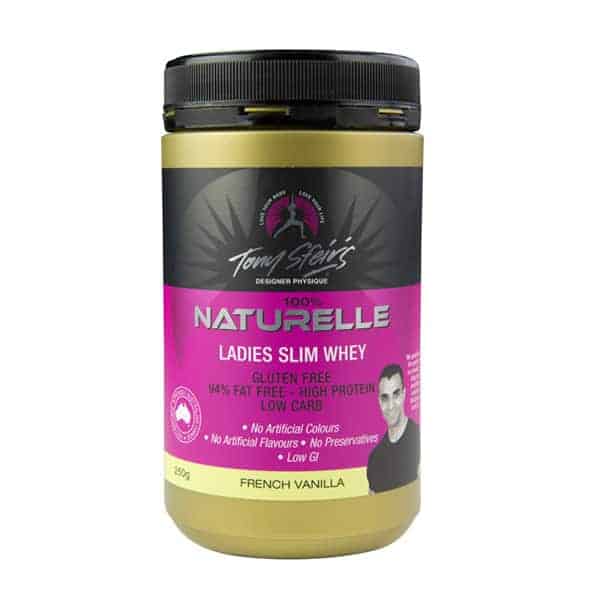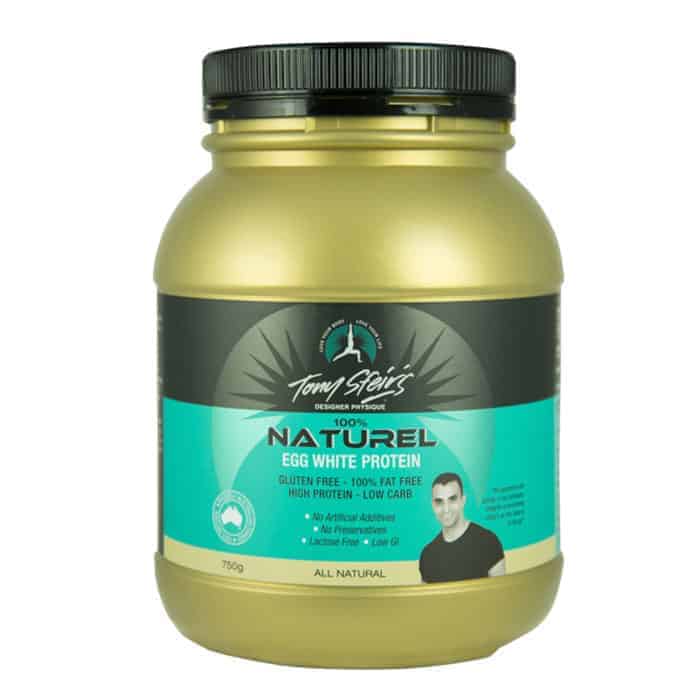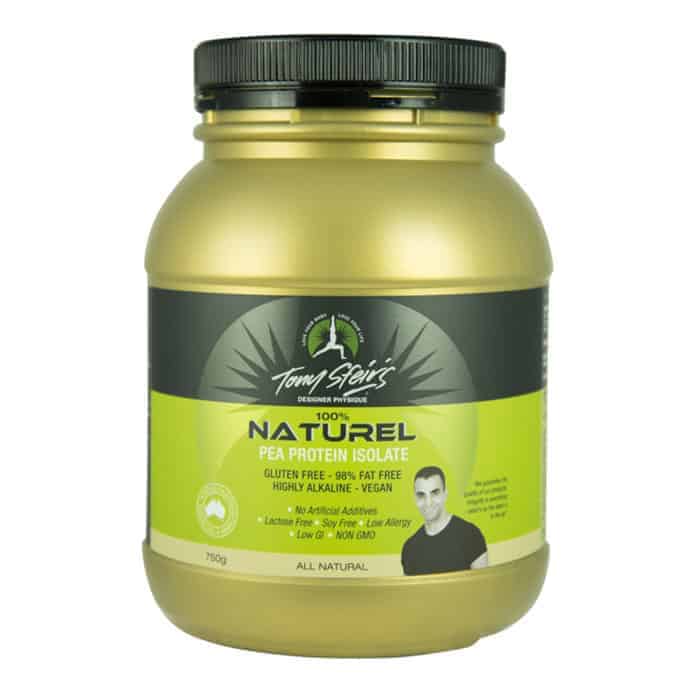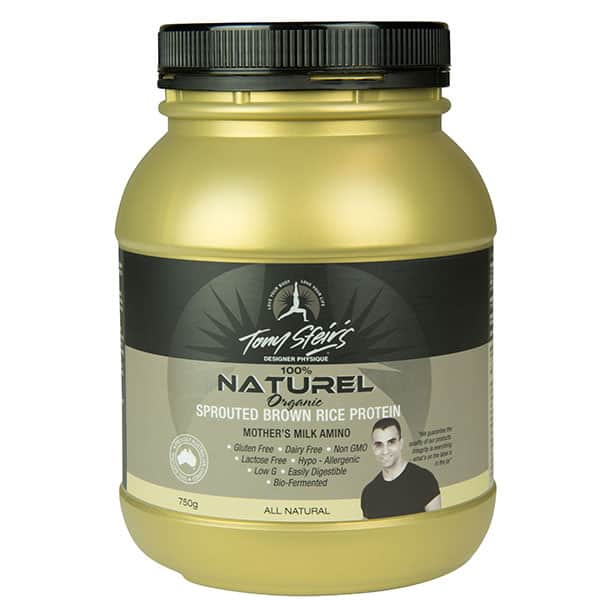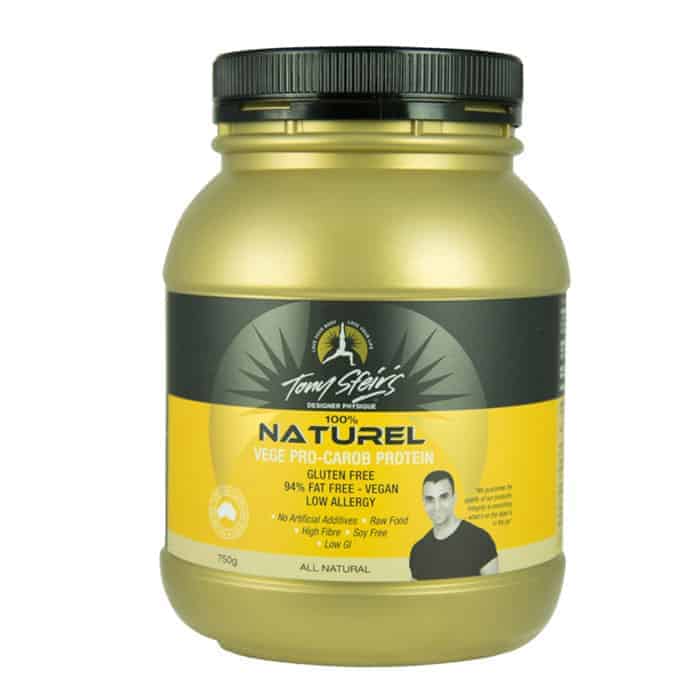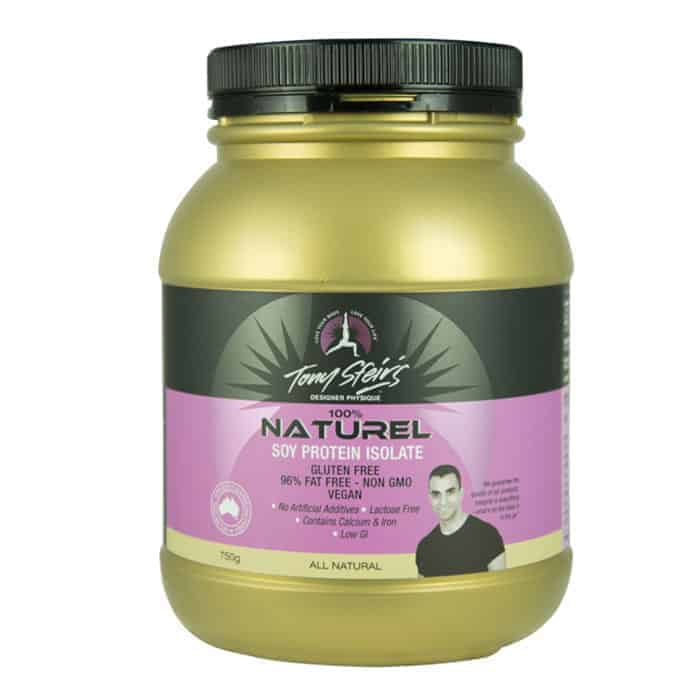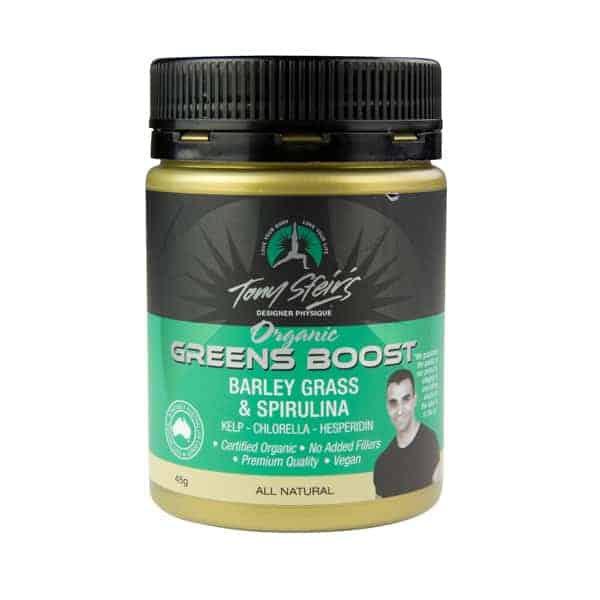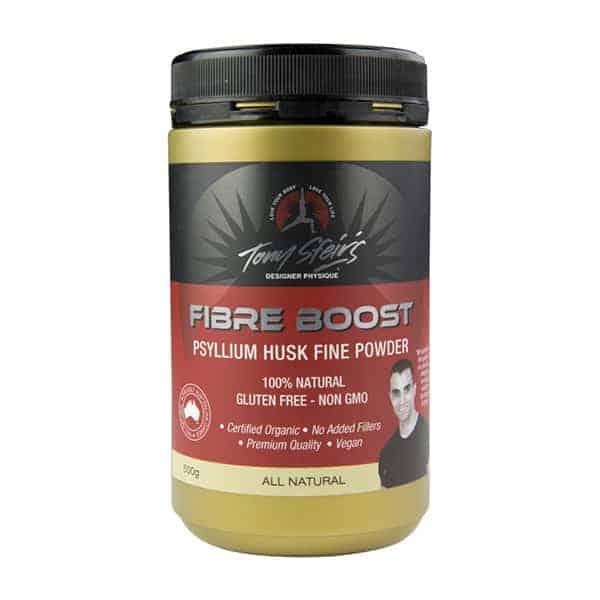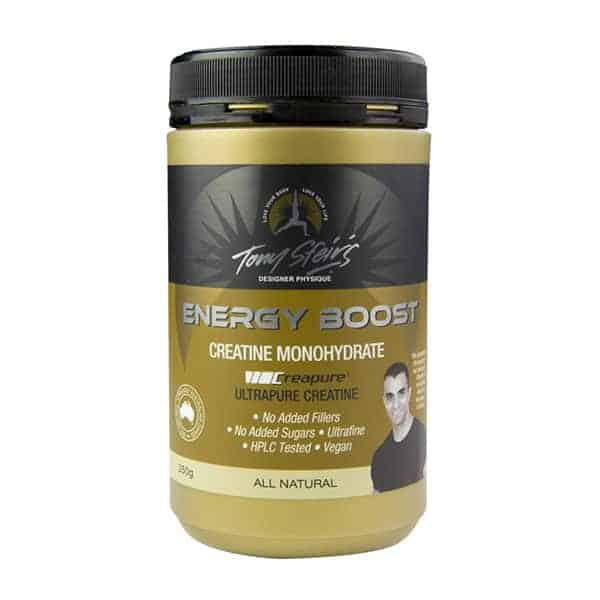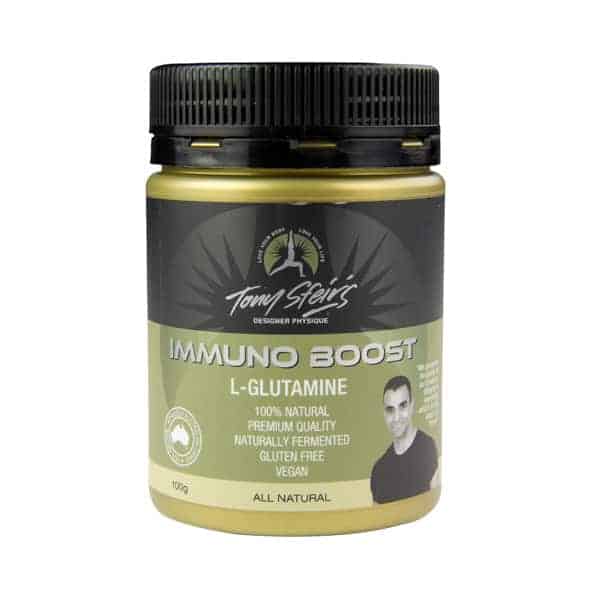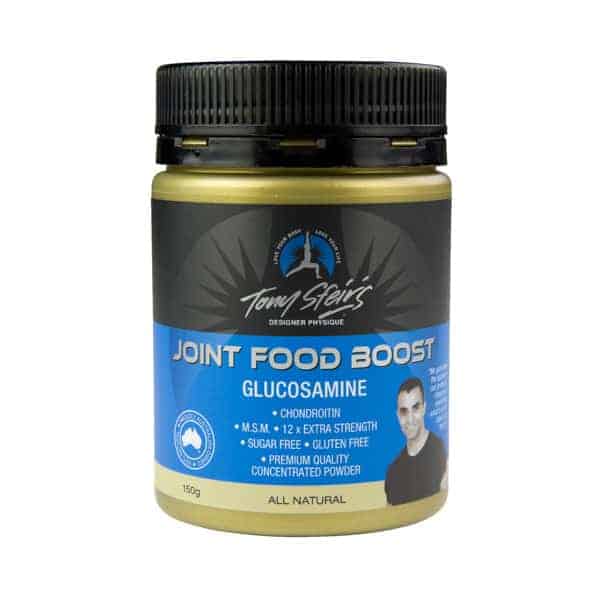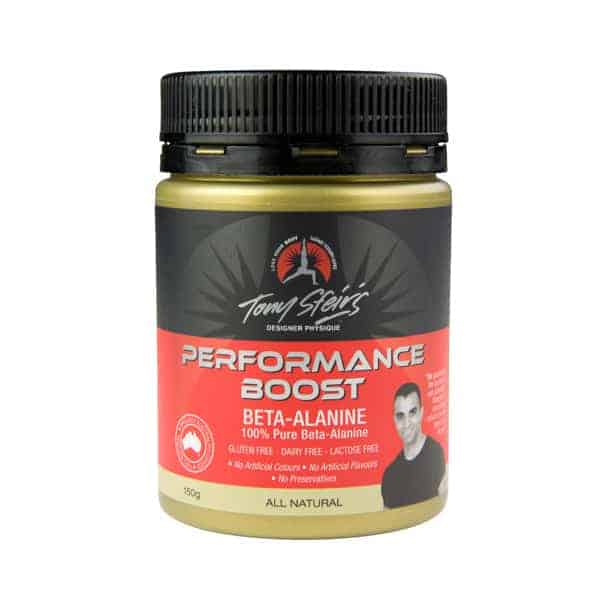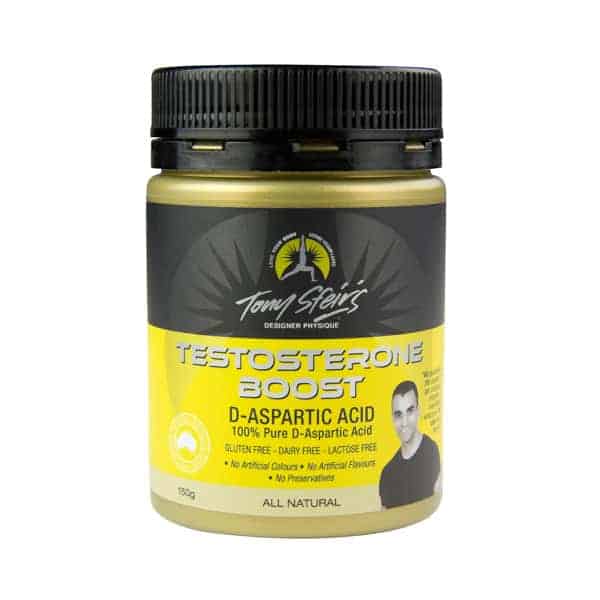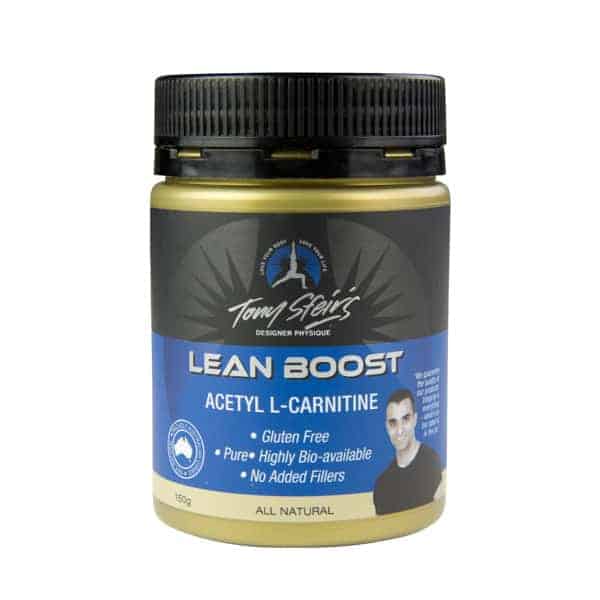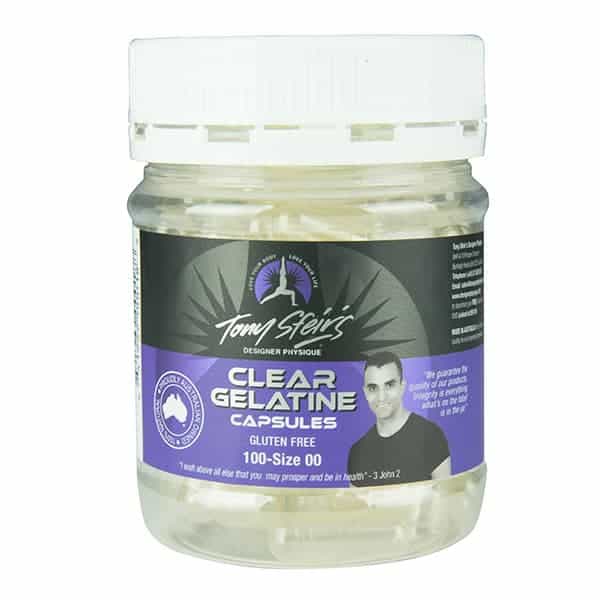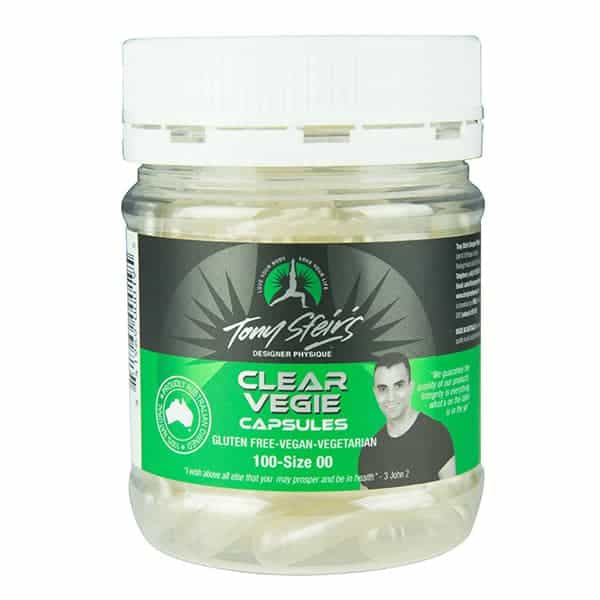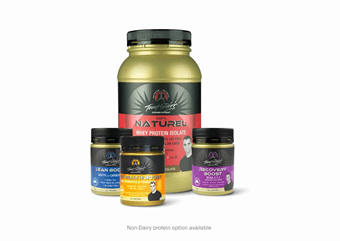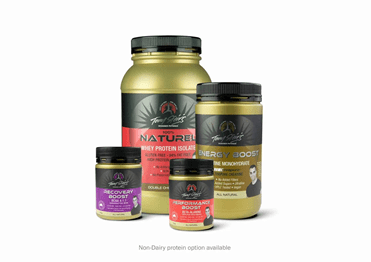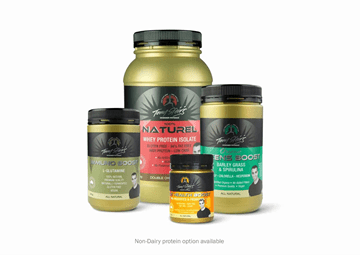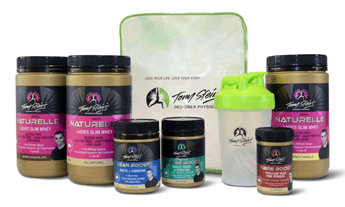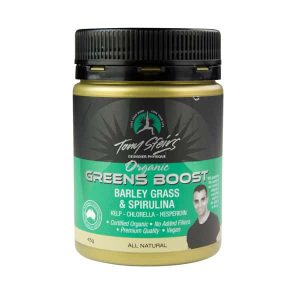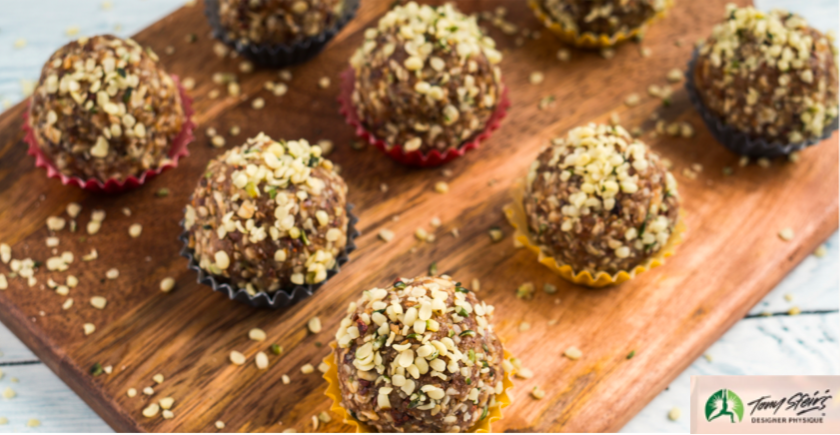Cooking is a basic human behaviour that is incorporated into the majority of the world’s daily routine. Whether you yourself cook food or someone cooks for you, chances are eating cooked food is something you do daily. It’s also no doubt that most meals contain a protein source as a main component.
If you’re up to date with health and wellbeing trends you would know just how important the macronutrient protein is for the body’s functioning and optimal health. However, if you’re new here or want to find out more, here is all you need to know about protein consumption and why this macronutrient is so important!
What kind of protein can I cook with?
Whether it be animal sourced or plant sourced protein, any kind of protein is fine to cook with. Protein powder is a great option to cook with, for some great recipes check out our instagram. Particularly with animal protein sources such as chicken, eggs, steak or fish; always make sure you know the correct way, time and heat to cook it to avoid food poisoning and unpleasant tastes or textures. See the table below for some great animal and plant protein sources to cook with.
| Animal Source Protein | Plant Source Protein |
| Chicken – breast, free range | Lentils – brown, green, red, yellow |
| Eggs – free range | Tofu, tempeh |
| Fish – salmon, barramundi, hoki, tuna | Legumes – chickpeas, green peas, peanuts, lima beans, black beans, kidney beans |
| Pork – lean cut mince, sausages, steak | Beans – kidney, black, soy, fava |
| Beef – lean cut mince, sausages, steak | Nuts – almonds, cashews, peanuts, macadamias, pistachios |
| Dairy foods – high protein yogurt, cheese, milk | Seeds – pepitas, flaxseeds, chia, pumpkin seeds, hemp, sesame |
| Kangaroo – sausages are a great family friendly choice | Vegetables – green leafy, bright coloured |
How much of my cooking should contain protein?
According to the USDA’s current nutrition guidelines, “My Plate” meals should be divided into 30% grains, 30% vegetables, 20% fruits and 20% protein (Healthy food choices in schools). Like the picture below, if you can split your meal plate into these portions, a little less than a quarter of the meal should contain protein. For more information on the total amount of the protein that the body requires daily, read here.
Can I cook with protein powder?
You may think cooking or baking with protein powder destroys the protein component, but that’s a myth! Protein powder is actually more than safe in your cooking without destroying the protein source. Although, heating up protein does denature it, but this isn’t a bad thing. Denaturing is when the structure of the protein changes, this also happens when you digest protein from eating it. But the nutritional value stays the same, for example if you cook with a scoop of protein powder that contains 20g of protein the same amount of protein will be bioavailable for your body to absorb. The only thing that does change is how quickly your body can absorb and utilise the protein. So when you mix protein with water, the body absorbs it quicker when compared to cooking with protein. This is because when we are using other ingredients in cooking, most likely with a carbohydrate such as a banana bread, your body will still absorb and utilise the same amount of protein, it might just take double the amount of time to do so(Desrosiers & Savoie, 1991).
How each protein powder differs in cooking
Each protein powder has slightly different textures and tastes to go with it that may affect the characteristics of the food you are cooking. For example whey protein powder and egg white protein powders have one of the creamier and finer textures compared to plant based protein powders like carob, pea and brown rice which are more of a grainier texture. All protein powders mix well into cooking but it really does come down to a personal preference of what texture you like in your cooking and on the particular recipe.
What are some good ideas to cook with protein powder?
Designer Physique’s protein powder is such a versatile and convenient ingredient to incorporate in your cooking. Particularly if you go for our unflavoured or natural protein it really can be added to anything from savoury recipes like quiches or zucchini slices to sweeter recipes such as pancakes or protein balls (find more recipes here). Our flavoured proteins are a great option for the sweet recipes to give it that extra delicious flavour, for example our chocolate fudge recipe uses our swiss chocolate flavoured pea protein to give it that chocolatey flavour without adding artificial flavours.
When it comes to recipes you can make with protein powders the sky really is the limit! For some cooking inspiration on where to begin check out our vast collection of recipes available on our website.
The best whey to go
Remember that having a combination of both food sourced protein and protein powder in combination with a variety of fruit, vegetables, grains, fats, seeds and nuts is the best way to keep a healthy and balanced diet. If you are someone who struggles with their daily protein intake, set yourself a challenge of trying to include at least one protein source in every main meal. Including a scoop of Designer Physique’s protein into one of these meals is an easy and convenient way to help you achieve this new goal of increasing your protein. The best way to get into a new habit is to not overthink it and start today, and the easiest first step is to stock up on your protein powder today!
References
Desrosiers T, Savoie L. (1991). Extent of damage to amino acid availability of whey protein heated with sugar. J Dairy Res. Nov;58(4):431-41. doi: 10.1017/s002202990003003x. PMID: 1765592.
Healthy Food Choices In Schools, Learn About Choose my Plate, accessed on 13/06/22, <https://healthy-food-choices-in-schools.extension.org/learn-about-choose-my-plate/>

